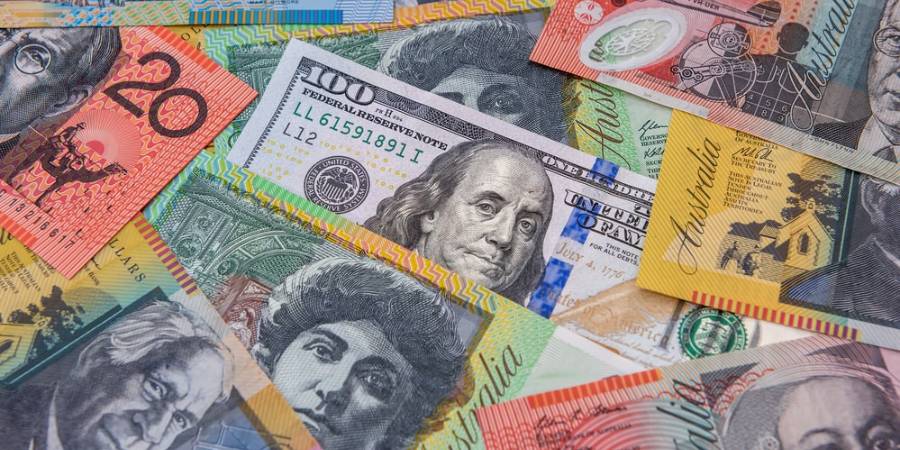AUD/USD advances to near 0.6450, upside appears limited due to Fed cautious tone

AUD/USD may lose its ground amid the Federal Reserve’s cautious policy outlook.
The Fed kept interest rates unchanged at 4.25%–4.50%, while highlighting increasing risks tied to both inflation and unemployment.
The Australian Dollar may receive support from optimism over a possible breakthrough in US-China trade relations.
The AUD/USD pair edges higher in Thursday’s Asian session, trading around 0.6440 after falling over 1% in the previous session. The pair had previously touched a five-month high of 0.6514 on Wednesday, but retreated amid Federal Reserve’s (Fed) cautious policy outlook. As expected, the Fed held interest rates steady at 4.25%–4.50%, but its statement acknowledged growing risks related to inflation and unemployment, injecting fresh uncertainty into markets.
Market sentiment took a further hit following Fed Chair Jerome Powell’s press conference, where he noted that US trade tariffs could obstruct the Fed’s objectives for inflation and employment in 2025. Powell indicated that persistent policy instability may force the Fed to adopt a more patient, 'wait-and-see' stance on future rate adjustments. While tariffs under the Trump administration had previously dampened consumer and business confidence, the absence of significantly weak economic data makes it harder for the Fed to justify near-term policy changes.
The Fed’s statement reinforced a data-dependent approach, citing inflation as “somewhat elevated” and pointing to increased risks on both the inflation and employment fronts. This cautious outlook, alongside the continuation of the Fed’s balance sheet reduction, has bolstered the US Dollar (USD), pressuring the AUD/USD pair.
Additional pressure on the AUD/USD pair came from US Dollar (USD) strength amid news that US Treasury Secretary Scott Bessent and Trade Representative Jamieson Greer will meet Chinese Vice Premier He Lifeng in Geneva this weekend—the first high-level US-China talks since the tariff-driven trade dispute escalated.
Despite the pullback, the Australian Dollar (AUD) remains supported by optimism over a possible breakthrough in US-China trade relations, given Australia’s significant trade ties with China. Further buoying sentiment, the People’s Bank of China announced plans to lower key lending rates and reduce banks’ reserve requirements to spur economic growth.
The Ai Group Industry Index improved in April, it marked the 33rd consecutive month of contraction. Manufacturing, particularly in export-reliant sectors. These developments have strengthened market expectations that the Reserve Bank of Australia (RBA) may cut its cash rate by 25 basis points to 3.85% later this month.
* The content presented above, whether from a third party or not, is considered as general advice only. This article should not be construed as containing investment advice, investment recommendations, an offer of or solicitation for any transactions in financial instruments.


